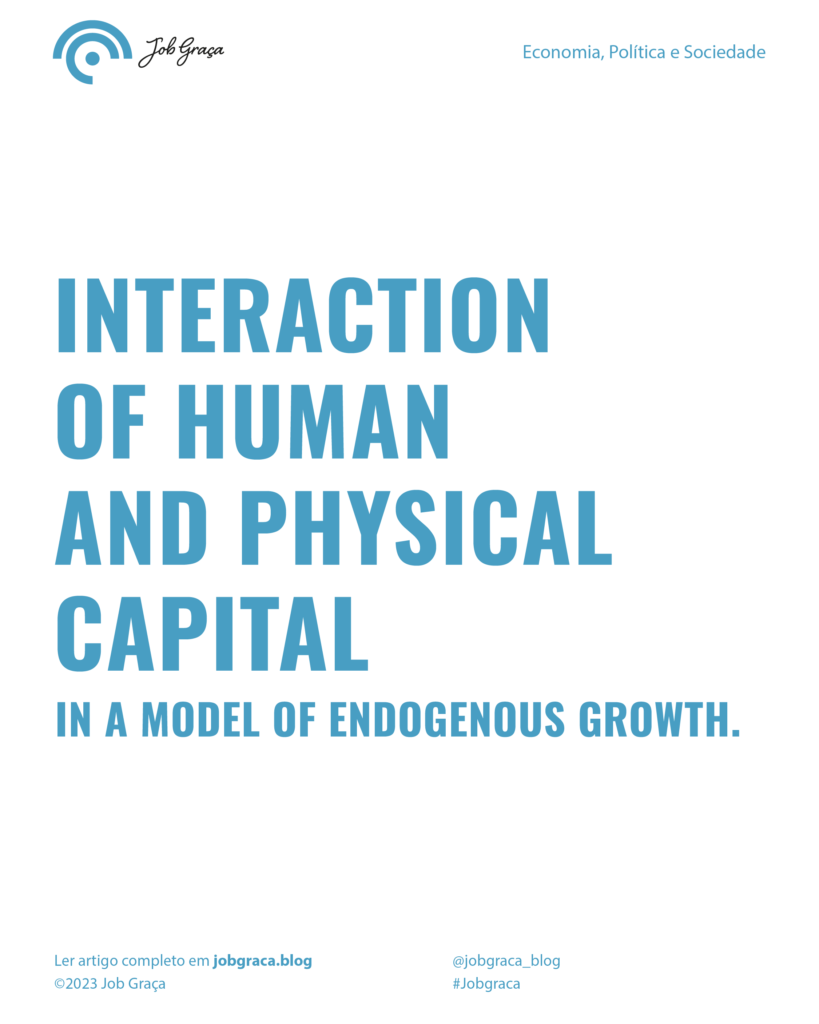A model of development is presented where growth is initially driven by physical capital accumulation, as in the neoclassical model. After a critical level of physical capital is reached, the economy ‘takes off’ and enters a stage of sustained growth driven by human capital accumulation. The link between these two stages is provided by the assumption that private incentives for human capital accumulation increase with the average levels of human and physical capital. At the early stages of development, these incentives are low so the level of human capital stays stagnant until sufficient physical capital is accumulated. Other results are that some economies may reach a steady state of physical capital before a ‘take-off’ is possible. This is especially likely for economies in which agents have low savings propensities. Such economies remain stuck in a no-growth equilibrium forever. Economies that do grow may experience endogenous cycles if the return to investment in human capital is sufficiently increasing in the level of physical capital.
* Article in collaboration with Saqib Jafarey and Apostolis Philippopoulos.

